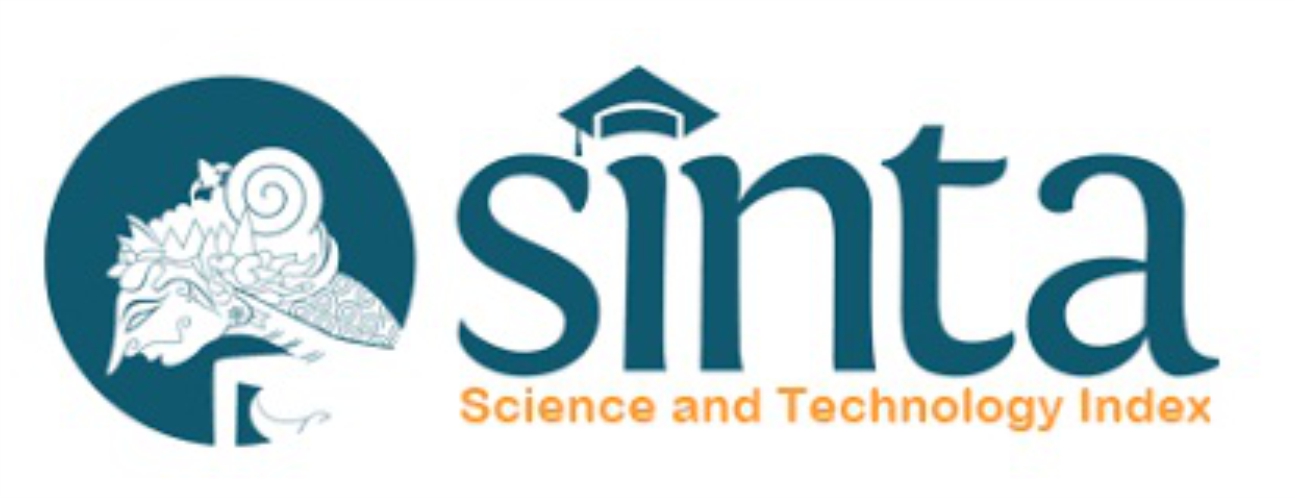Analisis Fitokimia dan Aktivitas Antioksidan Ekstrak Daun Kesambi (Schleira oleosa) Metode DPPH
Abstract
Kesambi (Schleichera oleosa) is one of the forest plants from Indonesia that has potential as medicine. Kesambi has active compounds that act as antioxidants. The purpose of this study was to determine the potential of kesambi leaf as an antioxidant using the DPPH method. Samples of kesambi leaf were extracted in methanol, ethanol, and water solvents by the maceration method. The class of compounds contained in kesambi leaf was tested by the colour reaction test method for alkaloids, flavonoids, triterpenoids, phenols, steroids, saponins, and tannins. Antioxidant activity was tested by the DPPH method to determine IC50 values. Based on the results of the colour reaction test showed that methanol and ethanol solvents were able to bind 6 classes of compounds (alkaloids, flavonoids, triterpenoid, phenols, saponins, and tannins) and water solvents were only able to bind 5 classes of compounds (flavonoids, triterpenoid, phenols, saponins, and tannins) contained in kesambi leaf. The results of antioxidant activity tests using the DPPH method showed the lowest IC50 value was methanol extract (16,12µg/ml) compared to ethanol extract (20,43µg/ml) and water (904,28µg/ml). It was concluded that the leaf extract of kesambi has potential as an antioxidant and which has the best antioxidant ability was extracted in methanol. The class of compounds which were thought to be responsible for the antioxidant activity of the kesambi leaf extract based on the color reaction test were phenols, flavonoids and tannins.
Keywords: antioxidant, kesambi, Schleichera oleosa, DPPH
Full Text:
PDF (Bahasa Indonesia)References
CABI. 2020. Schleichera oleosa (Macassar oil tree). [ONLINE]. Available from : https://www.cabi.org/isc/datasheet/49004#toidentity [cited 21 may 2020].
Hanum, I. Faridah. 1997. Plant Resources of South-East Asia. [ed.] L.J.G. van der Maesen. Vol. 11. Leiden : Backhuys Publishers.
Suita, Eliya. 2012. Kesambi (Schleichera oleosa MERR. Bogor : Balai Penelitian Teknologi Perbenihan Tanaman Hutan
Silitonga, A., Masjuki, H., Mahlia, T., Onga, H. C., Kusumo, F., Aditiya, H., & Ghazalia, N. Schleichera oleosa L oil as feedstock for biodiesel production. Fuel. 2015;156:63-70.
Thind, T. S., Singh, R., Kaur, R., Rampal, G., & Arora, S. In vitro antiradical properties and total phenolic contents in methanol extract/fractions from bark of Schleichera oleosa (Lour.) Oken. Medicinal Chemistry Research. 2011;20:254–260.
Srinivas, K., & Baboo, R. C. GC-MS Study of Schleichera oleosa (Lour.) Oken. IJCPR, 2011;2(2):106-109.
Goswami, S., Singh, R. P., & Gilhotra, R. The effect of isolated quercetin of the leaf extract of Schleichera oleosa (lour) oken on Ascardia galli. International Journal of Pharmaceutical Research. 2020;12(2):544-554.
Thatavong, X. 2015. Chemical Constituents And Biologycal Activities From Crude Hexane Extract Of Schleichera oleosa Fruits. [MD thesis]. Burapha : Burapha University.
Tiwari, N., & Pandey, V. Qualitative and Quantitave Phytochemical Screening of Secondary Metabolites in Seeds of Schleichera Oleosa (Lour.). IJSRSET. 2017;3(6):357-359.
Soundararajan, M., & Sivakkumar, T. Pharmacognostical investigation, phytochemical studies of Schleichera oleosa (lour) oken leaves. Int. J. Res. Pharm. Sci. 2017;8(2):109-119.
Wojdyło, A., Oszmiański, J., & Czemerys, R. Antioxidant activity of phenolic compounds in 32 selected herbs. Food Chemistry. 2001;105(3):940-949.
Panche, A., Diwan, A., & Chandra, S. Flavonoids: an overview. J Nutr Sci. 2016;5(e47):1-15.
Situmeang, B., Nuraeni, W., Ibrahim, A. M., & Silaban, S. Analysis of secondary metabolite compounds from leaves extract kesambi (Schleichera oleosa) and antioxidant activity test. Jurnal Pendidikan Kimia. 2016;8(3):164-168.
Truong, D.-H., Nguyen, D. H., Ta, N. T., Bui, A. V., Do, T. H., & Nguyen, H. C. Evaluation of the Use of Different Solvents for Phytochemical Constituents, Antioxidants, and In Vitro Anti-Inflammatory Activities of Severinia buxifolia. Journal of Food Quality. 2019;ID 8178294:1-9.
Liu, X., Dong, M., Chen, X., Jiang, M., Lv, X., & Yan, G. Antioxidant activity and phenolics of an endophytic Xylaria sp. from Ginkgo biloba. Food Chemistry. 2007;105(2):548-554.
Wang, H., & Helliwell, K. Determination of flavonols in green and black tea leaves and green tea infusion by high-performance liquid chromatography. Food Research International. 2001;34(2-3):223-227.
Hayouni, E., Abderrabba, M., Bouix, M., & Hamdi, M. The effect of solvents and extraction method on the phenolic contents and biological activities in vitro of Tunisian Quercus coccifera L. and Juniperus phoenicea L. fruit extracts. Food Chemistry. 2007;105(3):1126-1134.
Qasim, M., Aziz, I., Rasheed, M., Gul, B., & Khan, M. Effect of extraction solvents on polyphenols and antioxidant activity of medicinal halophytes. Pak. J. Bot. 2016;48(2):621-627.
Chanda, S., Bhayani , D., & Desai, D. Polyphenols and Flavonoids of Tweleve Indian Medicinal. The Bioscan. 2013;8(2):595-601.
Buhmann, A., & Papenbrock, J. An economic point of view of secondary compounds in halophytes. Functional Plant Biology. 2013;40:952–967.
Boulekbache-Makhlouf, L., Medouni, L., Medouni, S., Arkoub, L., & Madani, K. Effect of solvents extraction on phenolic content and antioxidant activity of the byproduct of eggplant. Industrial Crops and Products. 2013;49:668-674.
Razali, N., Mat-Junit, S., Abdul-Muthalib, A., Subramaniam, S., & Abdul-Aziz, A. Effects of various solvents on the extraction of antioxidant phenolics from the leaves, seeds, veins and skins of Tamarindus indica L. Food Chemistry. 2012;131(2):441-448.
DOI: https://doi.org/10.18860/jip.v5i1.9387
Refbacks
- There are currently no refbacks.
Copyright (c) 2020 Kholifah Holil, Tias Pramesti Griana
© 2023 Journal of Islamic Pharmacy













